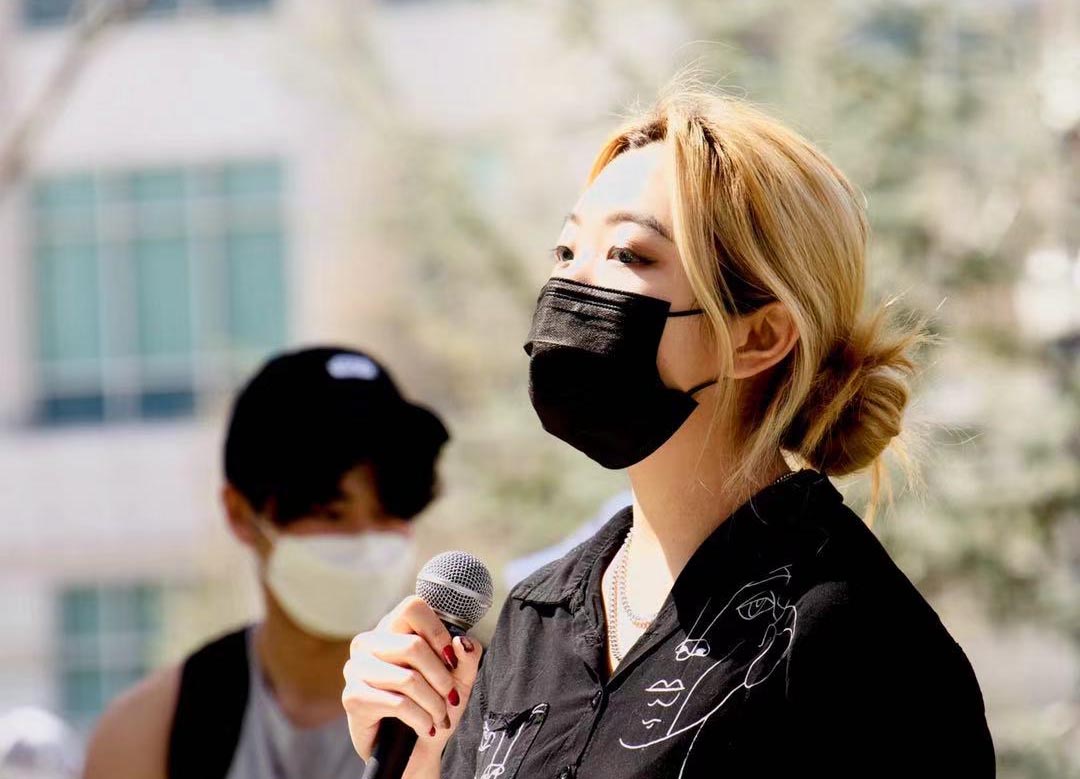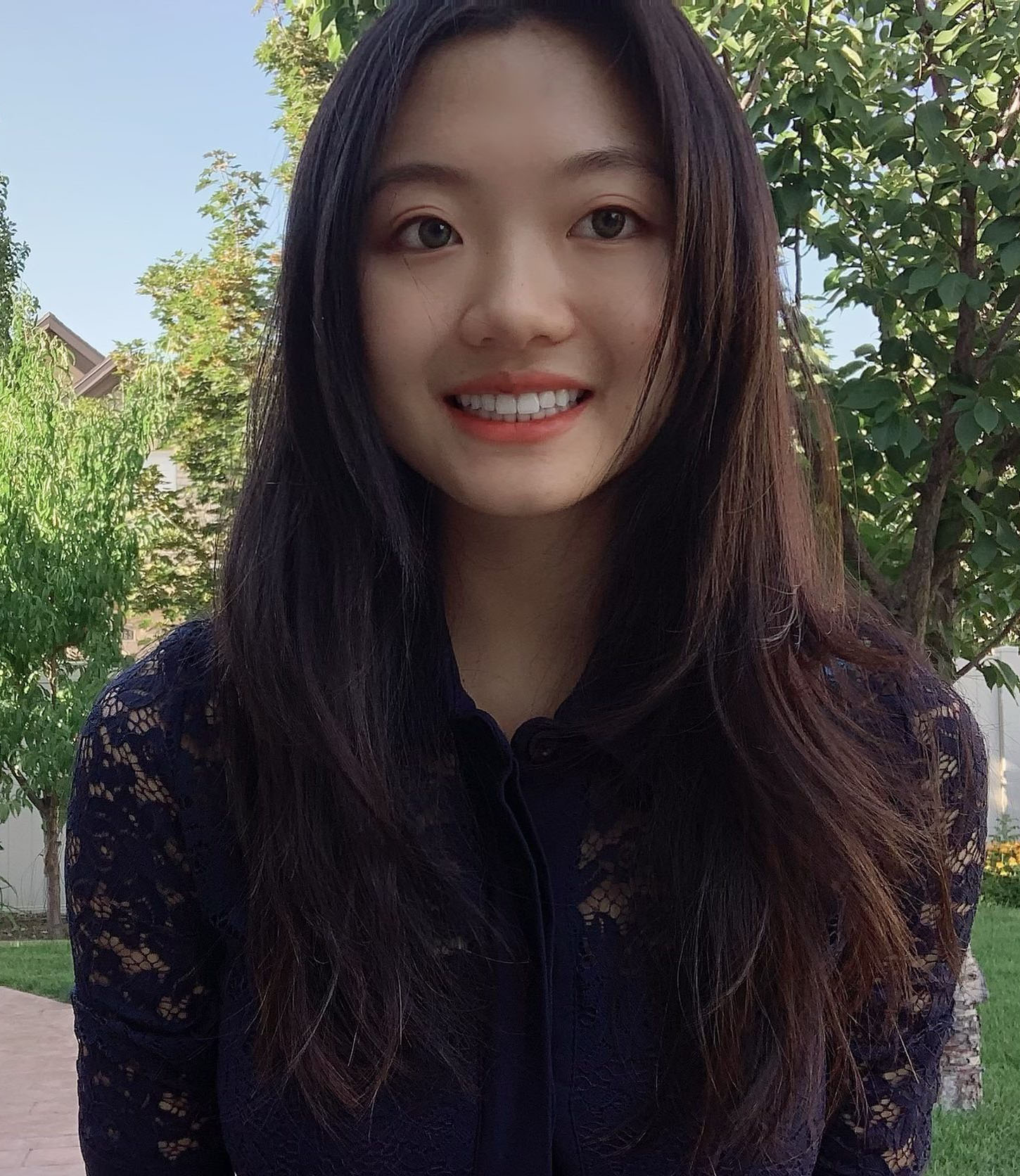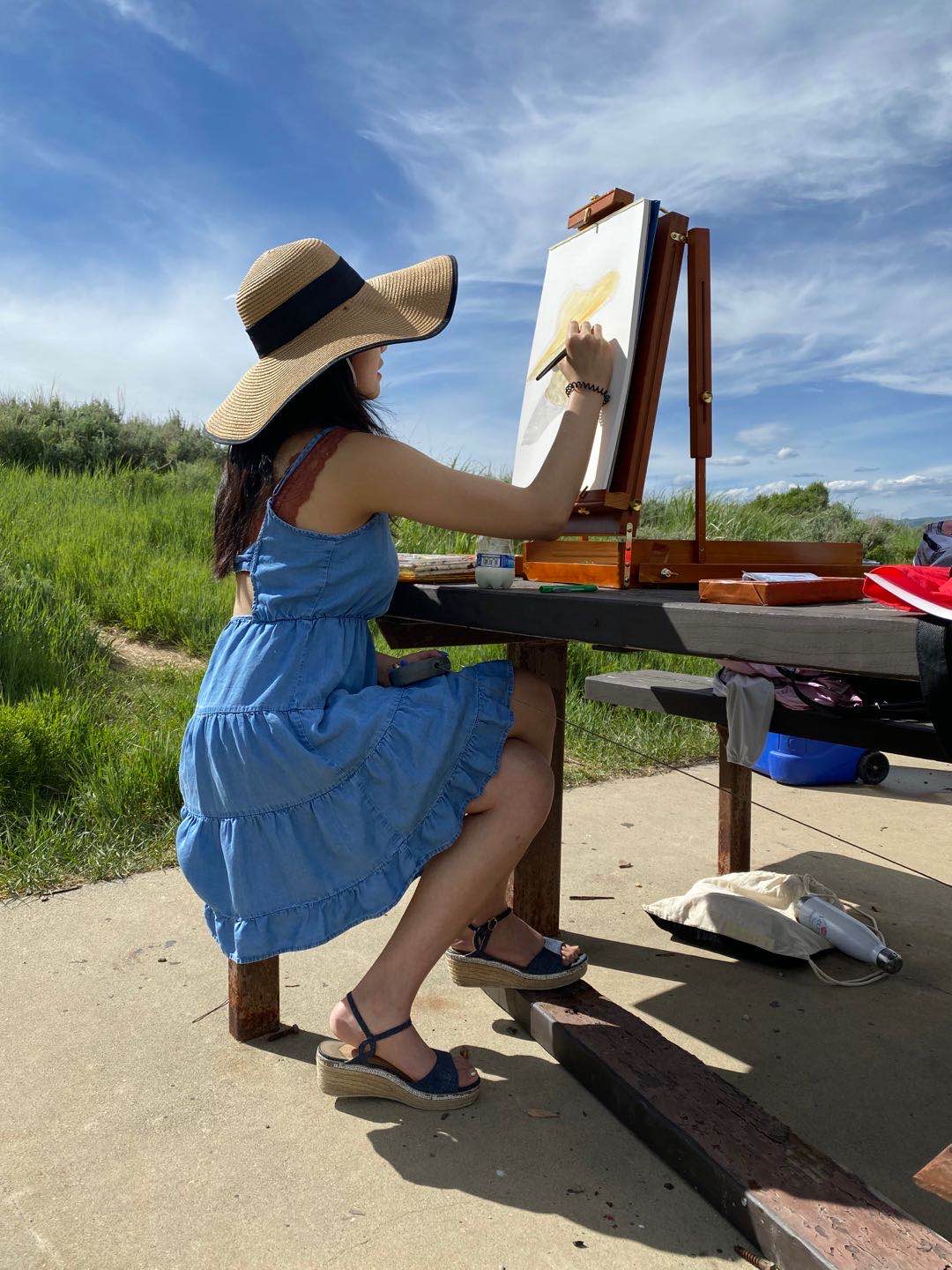Anna Tang Named Fulbright Scholar

Anna Tang
The Key in our Collective Hand
Mathematics,” says Anna Tang, “is a key in our hands that is able to change shape to fit almost any lock in the world.” A senior in math at the U, Tang not only uses that key to model how breast cancer tumors continue to grow despite estrogen controls in current therapies, but to apply for a Fulbright fellowship. In April, she was confirmed as a finalist and will be heading to Germany this fall..
 A member of the Fred Adler lab known for its broad range of mathematical modeling work—from rhinoviruses to ant
colonies and from sea ice to urban ecosystems–Tang is clearly enamored with math-biology
models, which have grown exponentially, especially as they relate to healthcare applications.
That interest not only stems from working on differential equations as a precocious
youth–and now at the U. There was support from her parents: her mother, a research
faculty member at U Health who was quick to instill in her daughter that failure is
just one step toward success; and her father, a computer scientist. That her parents
are both immigrants from post-communist China, “not fluent in the language of elementary
writing assignments,” they focused with their daughter on the universal language of
math.
A member of the Fred Adler lab known for its broad range of mathematical modeling work—from rhinoviruses to ant
colonies and from sea ice to urban ecosystems–Tang is clearly enamored with math-biology
models, which have grown exponentially, especially as they relate to healthcare applications.
That interest not only stems from working on differential equations as a precocious
youth–and now at the U. There was support from her parents: her mother, a research
faculty member at U Health who was quick to instill in her daughter that failure is
just one step toward success; and her father, a computer scientist. That her parents
are both immigrants from post-communist China, “not fluent in the language of elementary
writing assignments,” they focused with their daughter on the universal language of
math.
It turns out that another Chinese immigrant whom Tang refers to as “Auntie” propelled Tang even further into the language of math and its potential applications to healthcare. While working on her PhD at the U, says Tang, “Auntie took care of me when my mother [working as a post-doctoral researcher] and father were attending conferences.” Already an MD, Anna’s surrogate mom often told stories of working in emergency rooms in China. Then, in 2008, eight-year-old Tang traveled to Jiangxi Province to visit her Auntie who had earlier returned to China where she eventually learned she had contracted stomach cancer.
“She had always been so full of life,” recalls Tang, “helping others as a doctor and researcher … .” But now, the woman who with her mother was “pushing the boundaries of our knowledge … was decimated by the cancer that had affected her.”
While the experience with Auntie in China was fourteen years ago, Tang vividly remembers how bleak the woman’s hospital room was “except for one single, solitary sunflower in the vase next to her bed.” While looking at that flower and its seeds the third grader suddenly remembered, of all things, the Fibonacci Sequence–the series of numbers in which the next number is found by adding up the two numbers before it–and how it is found in nature.
That experience was “the root of the wish to apply math to life,” she says. There with her Auntie, Tang remembers wishing she could cure cancer “like you could solve a math problem. … Cancer is a strange land. It whisks its patients away to another world of fear and uncertainty.”
Unfortunately, the intrepid model to Tang of what it means to seek scientific understanding did not return from that land.
An honors student with a minor in chemistry, Tang will work with Anna Marciniak, a mathematical oncologist at Heidelberg University in Germany. In that lab Tang will be working to quantify the mutational landscape of another kind of cancer: acute myeloid leukemia. Using integro-differential equations she and her team will be asking what the mutations of cancer cell populations look like and how they present themselves phenotypically.
 Meanwhile, Tang, who works as a TA in the Department of Chemistry, is readying for
graduation later this year. She says that Fred Adler, who heads The Fred Adler Lab,
and is Director of the School of Biological Sciences, “is the most eccentric professor
I’ve ever worked with. In a good way,” she quips, then laughs: “He has in his office
a list of ‘trigger’ things that he doesn’t want to see in a math model.” The Adler lab is a very collaborative environment, she
continues, “always a blast! The projects are so diverse you get to see so many applications
of math. It’s inspiring.” In the lab Tang works closely with post doc Linh Huynh,
designing models, running simulations, collecting data and talking over fixed point
stability and long-term behavior.
Meanwhile, Tang, who works as a TA in the Department of Chemistry, is readying for
graduation later this year. She says that Fred Adler, who heads The Fred Adler Lab,
and is Director of the School of Biological Sciences, “is the most eccentric professor
I’ve ever worked with. In a good way,” she quips, then laughs: “He has in his office
a list of ‘trigger’ things that he doesn’t want to see in a math model.” The Adler lab is a very collaborative environment, she
continues, “always a blast! The projects are so diverse you get to see so many applications
of math. It’s inspiring.” In the lab Tang works closely with post doc Linh Huynh,
designing models, running simulations, collecting data and talking over fixed point
stability and long-term behavior.
It's not every third grader who resonates with the Fibonacci Sequence. In fact, Tang finds doing mathematics, in a way, meditative. “I really love it because you’re just thinking. It feels a little like I can take myself away from technology just working with a piece of paper.” Reflexively, however, Anna Tang recalls her Auntie in that hospital room, and the Fulbright recipient knows she wants to move through that heady, calming space, into simulations and eventually applications to healthcare.
“If there is anything that can prolong the life of a cancer patient,” she says, “it will be math,” the shape-shifting key in our collective hand that can fit most any lock.
by David Pace
